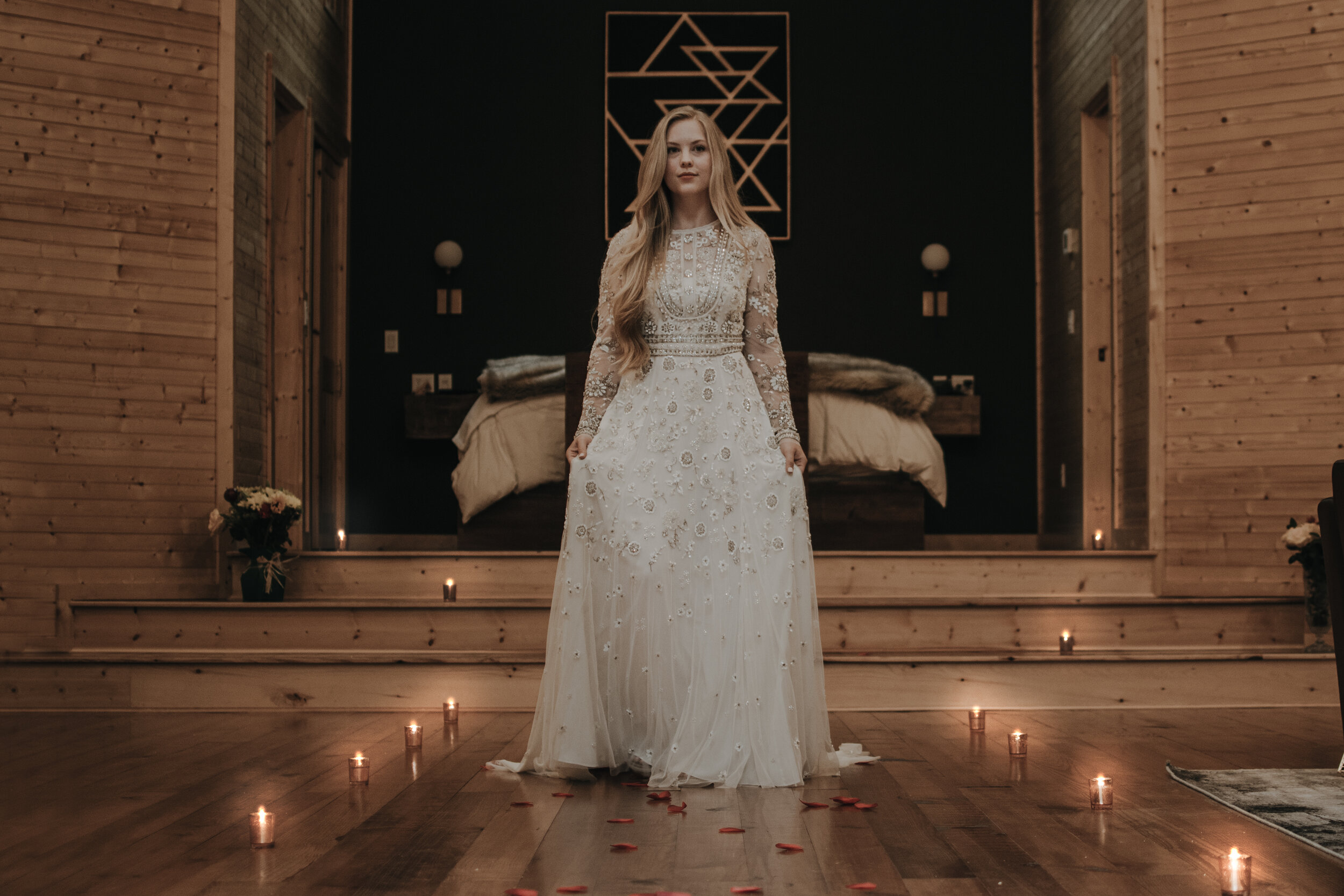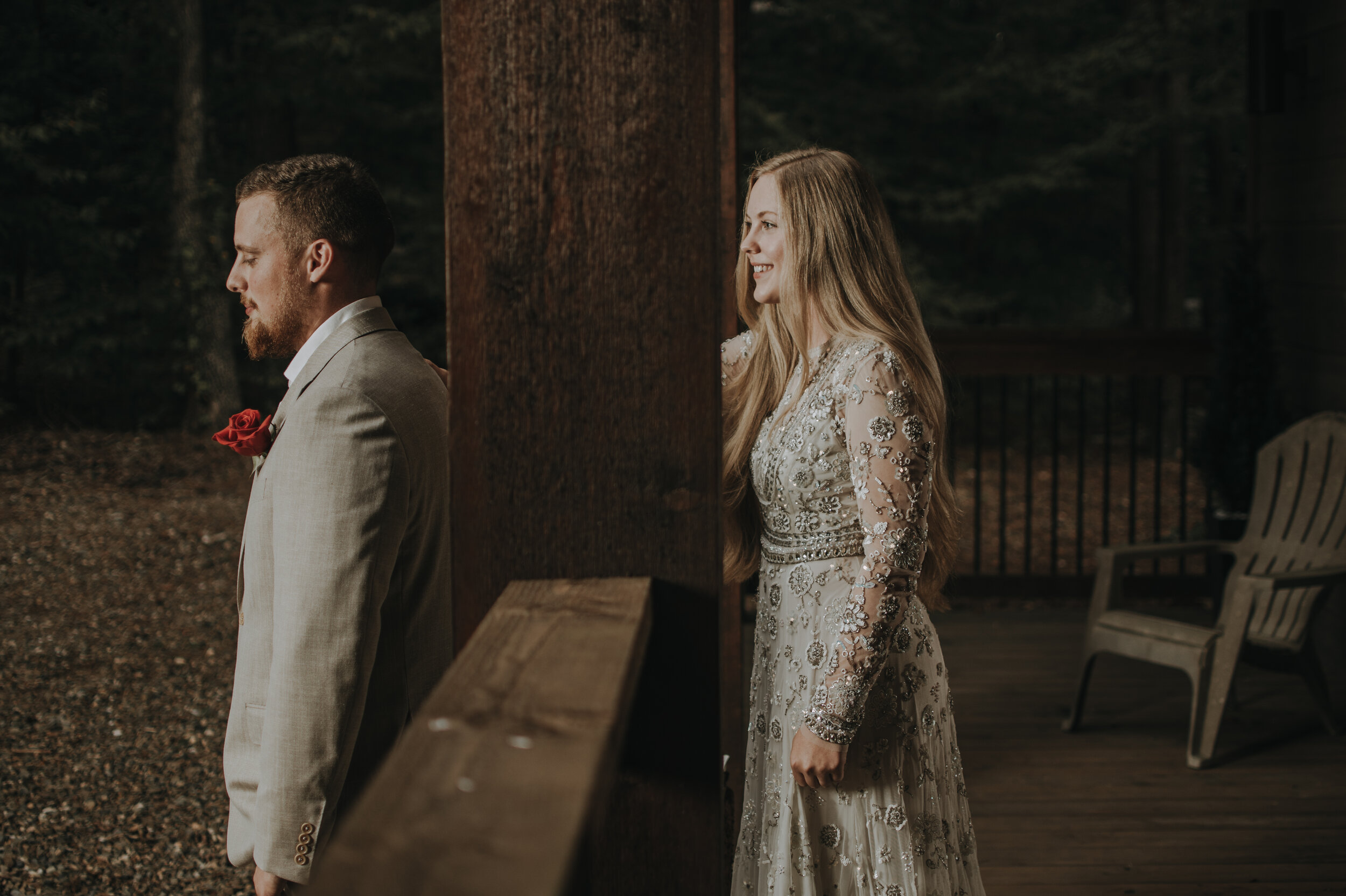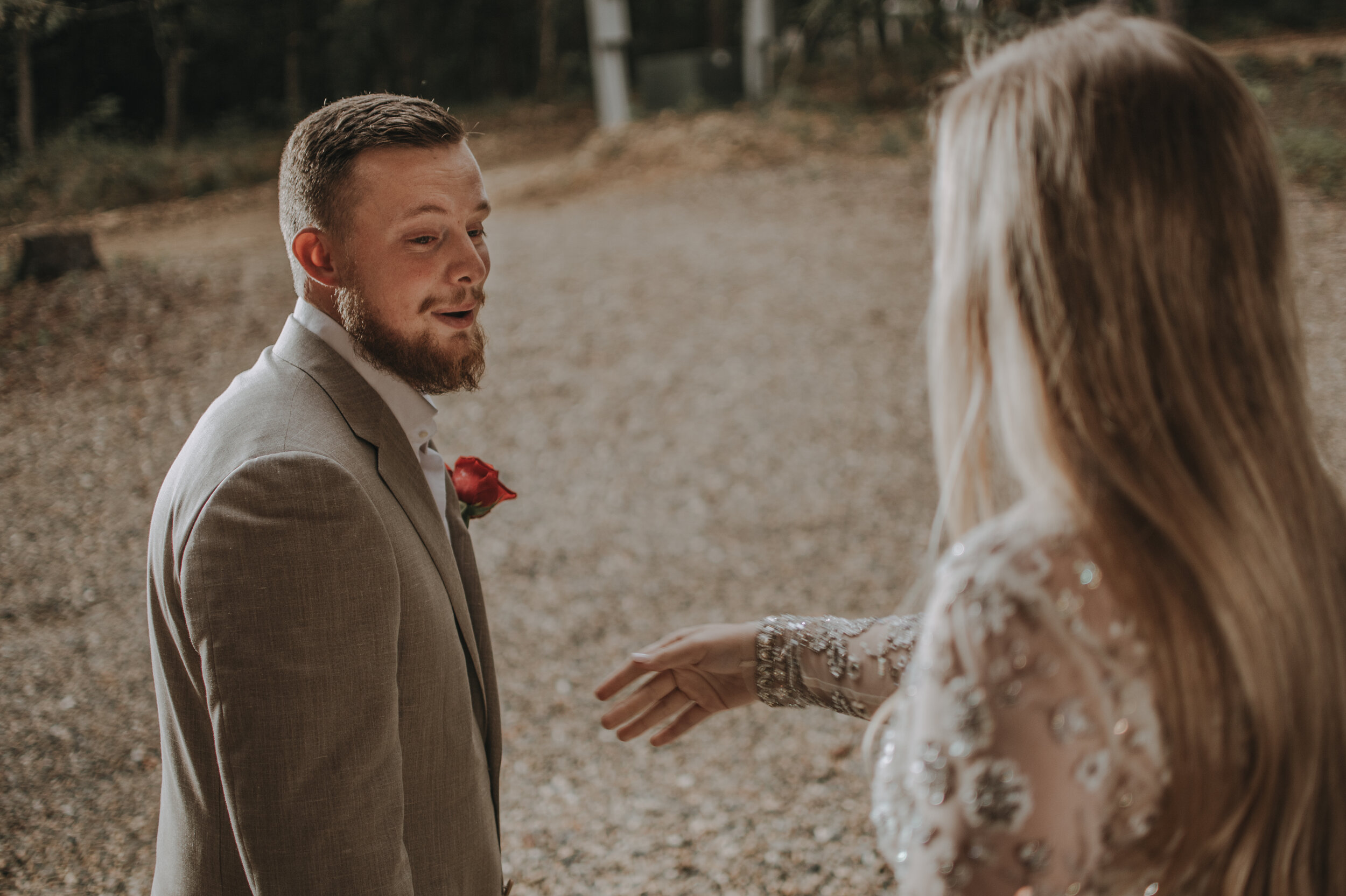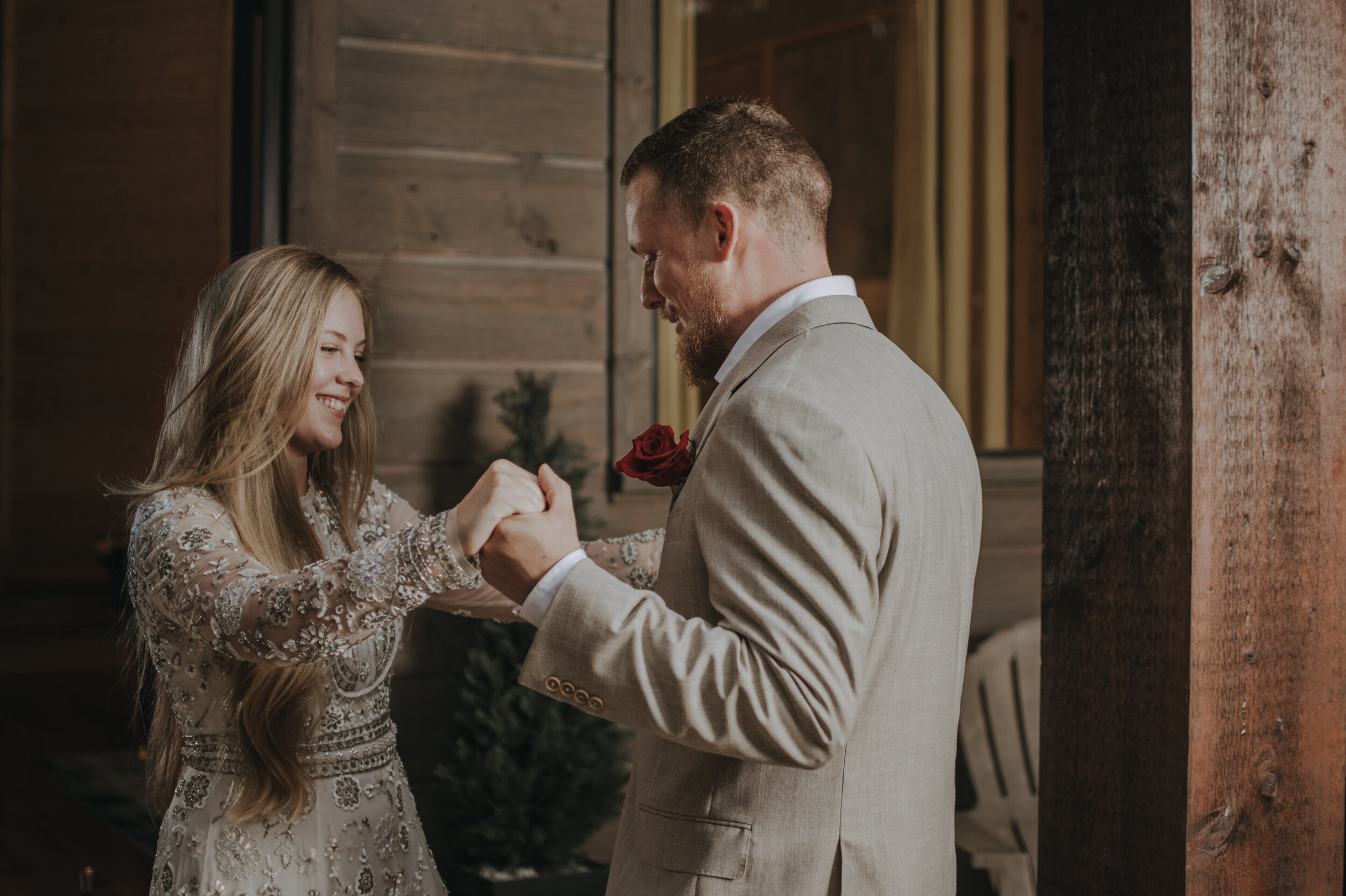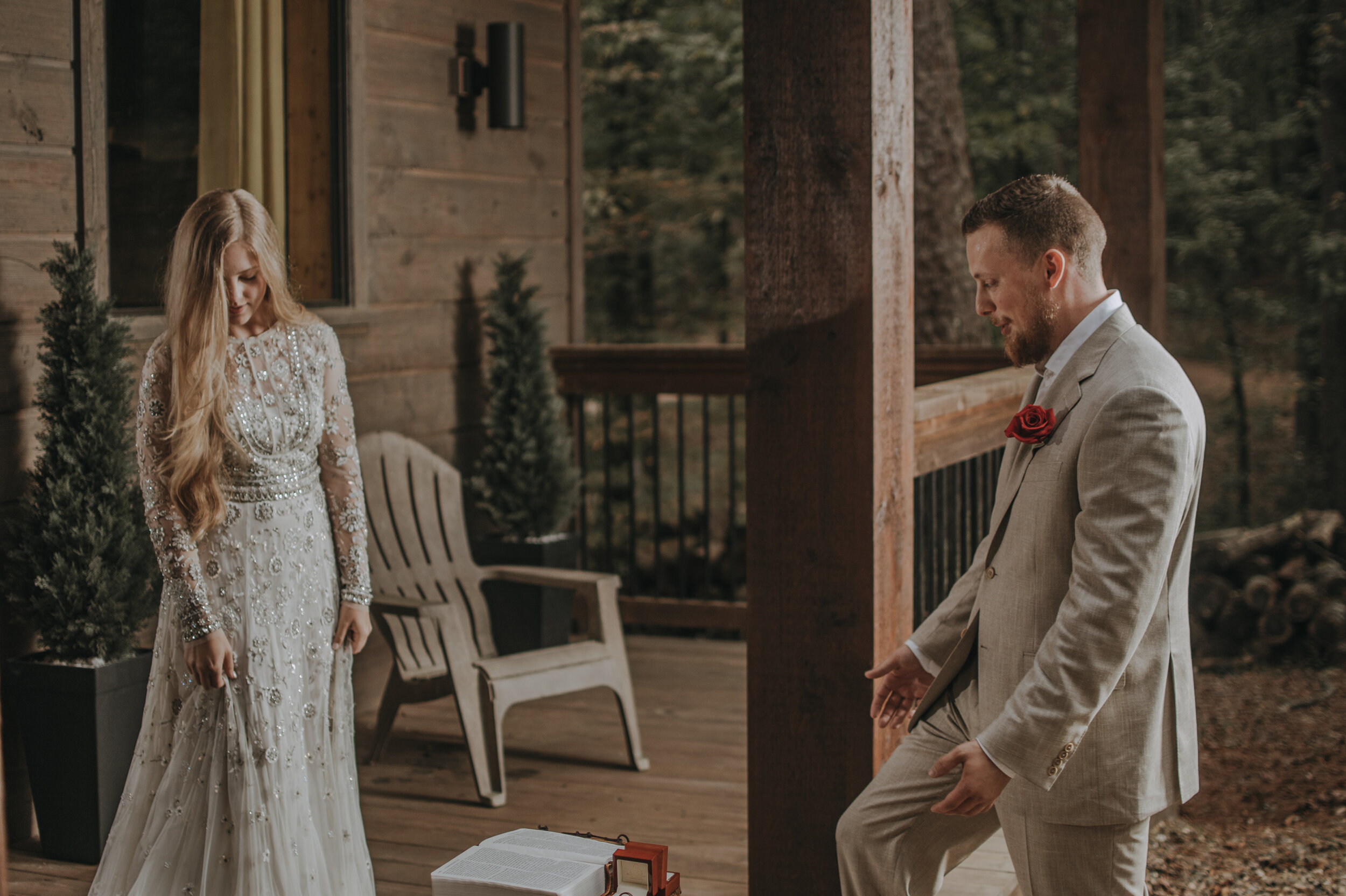How Much Photography Coverage do You Need for Your Wedding?
(needs collage for cover image: getting ready, bridal, couples, bridal party, family, first dance, cake cutting, toast, detailed shots from various weddings)
So you’ve settle on a date, and maybe have a vague idea of what you want your timeline to look like. As the cover image shows there are so many moments from your wedding you’re going to want saved. The question now comes up, how much photography coverage do you need for your wedding?
There’s a few factors to consider. We’ll look at how to determine how much time you need, whether you need a second shooter, whether you need a second day, and time considerations for destination weddings.
How Much Time Do I need?
A good place to start is solidifying your timeline. When I help my clients make their timelines I like to start by googling “What time is sunset on (date of wedding)”.
Once you know the time of sunset you can work backwards. Right now sunset is at 7:15 so we’ll have light until 7:30-7:45ish depending on land formations.
Sunset is perfect for couples portraits and I always suggest saving that last hour for your epic portraits. Working backwards from that you can map out a tentative schedule for your most important events. Don’t forget to leave room for transitioning between events, and visiting with guest.
Below is just an example of a timeline you may make based on that. A few principles are applied to keep the day as stress free as possible.
Set 15 min buffer times between events
One hour rule
Make time for travel
The buffer time is for the inevitable hiccups that come up throughout the day. Or the great aunt who’s running a little late and isn’t there on time for family portraits.
The one hour rule is simply to allow one hour for couples, bridal party, and family portraits. This gives you enough time to get more than just the traditional photos, but take pictures that will embrace and celebrate your family and friend’s personalities.
Working backwards from sunset you can come up with the following basic wedding timeline.
Keep in mind you’ll want to talk with your photographer about detail shots (decorations, dinnerware, etc). This will depend on where your details are located, when they’ll be set up, and how many decorations you have. This could take anywhere from 15-45 mins to shoot depending on these factors.
Based on this you need about 8 hours of photography coverage to care for the detail shots, and everything else you plan to have going on.
Do I Need a Second or Third Shooter
Some photographers make it a habit to always bring a second shooter to a wedding, while others offer it as an addition or up sale. Honestly, personally I don’t always find it necessary to have a second shooter with me, but there are some instances where it is necessary, and others where it would be really really nice to have one.
Medium to Large weddings - Absolutely bring one. When your guest list starts getting close to a hundred guest, you should start looking at asking your photographer to bring on a second shooter. If you’re exceeding two hundred you might want to bring on a third. Part of the reason is during the ceremony the crowd is getting large enough it wouldn’t really make it possible for the first shooter to move quickly to get all the angles.
Also at the reception the crowd starts getting pretty big at about a hundred people, so to capture all the fun and get the best angles for the first dance a second shooter really comes in handy.
First looks - These are times when it would be really really nice to have one. I’ve shot plenty of first looks on my own, but in order to get all the angles you’re going to have to pause and set up again over and over while the sole shooter changes angles. With a second shooter you can enjoy the moment organically and just pretend you’re the only two there.
In the examples below notice the different angles needed to tell the whole story of the first look. If you want every moment captured to be your real expressions, you’ll need a second shooter.
Special ceremonies - Handfastings, sand pouring, unity candles and the like can get tricky and to ensure you get every moment of them you may want a second shooter there depending on the setup.
Total coverage - Having a second or third shooter also ensures that no expressions get missed. During the ring exchange, or the first kiss, when mom or dad starts to cry. A third shooter can be watching for those precious moments while first and second are working on the best angles for that moment. So if you are really concerned about capturing everything, adding more photographers ensures you wont miss anything.
Should I book a second day
This isn’t always necessary but there are certain instances where you may want an additional day of coverage.
First, you may want a special location for pictures but don’t have time to travel there on your wedding day. The solution? Just book another session for the next day.
Also, you may like the idea of having a relaxing couples shoot and not having to worry about time. Day after sessions you don’t have to worry about hungry guest, when you’re supposed to be where, all you do is enjoy the moment together and relax. Who couldn’t use some time to relax after a crazy wedding day!
DestinationWeddings
Destination weddings are a whole other beast! The wedding day timeline will generally stay the same, but if you’re flying a photographer out you also need to plan time for them to go scout locations to get you the most stunning images.
Also you definitely are going to want a session a day or two before or after the wedding. If you’re in a beautiful city, get all the pictures you can right?
Conclusion
Every wedding is different, so the amount of coverage you need will be different from most everyone else. Whether it’s more time with a single photographer or adding more photographers to the mix, take time to discuss with your photographer what your needs are, and what is important to you.
Since every wedding is different I don’t offer “wedding packages” because why would I try to fit every wedding into a few molds. Instead I ask my clients to have a brief phone call with me to talk about what they’re planning for their wedding and seeing what specific needs they have.
If you’d like to discuss your wedding contact me by filling out the form and schedule a time to talk.


